How do I install the latest macOS on an old computer, laptop? OpenCore Legacy Patcher
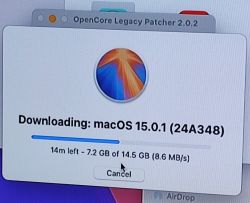 .
.
How do I upgrade to the latest version of macOS? What if an upgrade to Ventura, Sonoma or Sequoia is not available? Does an old Mac have to have an old operating system? Well, no - the OpenCore Legacy Patcher will allow you to upload the latest system even to a ten-year-old Apple device! Here I will outline such an upload step by step. You will need a memory stick of at least 32GB in size.
This topic is essentially a continuation of the thread about replacing the HDD with an SDD on a 2014 mac Mini, and performing such a replacement I recommend before upgrading:
Mac Mini A1347 EMC 2840 2014 - SSD replacement, Monterey installation .
In addition to this, it is worth noting the amount of RAM available on our hardware. 8GB should ensure that we can use it comfortably even after the upgrade.
The topic of course assumes an update of Apple hardware - the topic of uploading macOS to a "non-Apple" computer will not be covered here.
The theme is based on the OpenCore Legacy Patcher available on Github. OpenCore Legacy Patcher is an unofficial open source solution, it is not supported by Apple, but Apple does not support older Macs either, so we are unlikely to lose much. Nevertheless, all experiments are done at your own risk.
https://github.com/dortania/OpenCore-Legacy-Patcher/
Documentation:
https://dortania.github.io/OpenCore-Legacy-Patcher/START.html
OpenCore Legacy Patcher supports hardware from as far back as 2008, here is a detailed list:
https://dortania.github.io/OpenCore-Legacy-Patcher/MODELS.html
So, let's get to work! Before the operation, I recommend backing up our files. Something can always go wrong, although I didn't lose any data.
So.
Connect our flash drive to the mac. We go to Disk Utility (e.g. via Search) and format it in FAT:
 .
.
We download the OpenCore Legacy Patcher from Github (Releases tab):
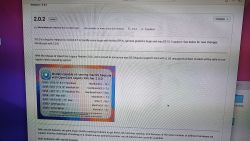 .
.
Install - it should appear in Applications:
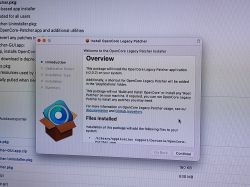
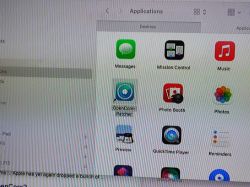 .
.
Firing up. We start by downloading the system image - "Create macOS Installer". Select the desired system from the list. The download will then start, we wait.
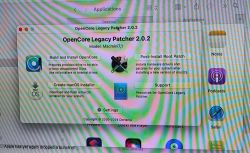

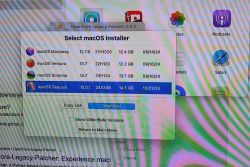
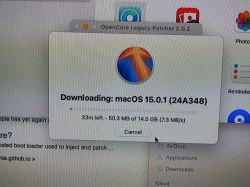 .
.
Patience:
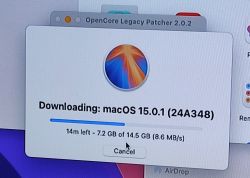 .
.
Then we still wait for validation:
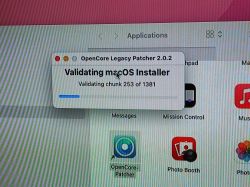 .
.
Once downloaded, we confirm the creation of the macOS installer:
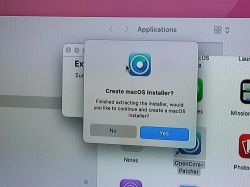 .
.
We can then select the installer and the connected USB stick from the list:
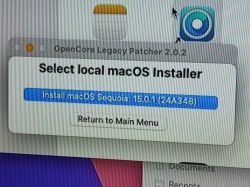
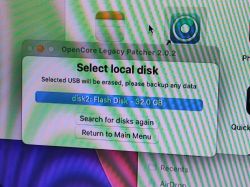 .
.
Now you have to wait until the files are copied to the USB stick. In my case it took quite a long time.
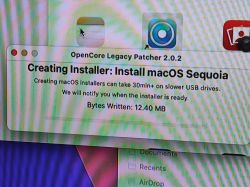 .
.
Then you will be asked if you want to install OpenCore to this drive - yes, confirm, select the flash drive, its first partition:

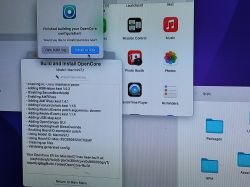
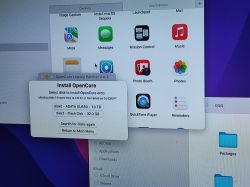
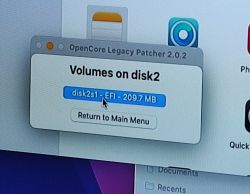 .
.
After the installation, confirm the reboot and on this reboot press the Option button to be able to select the media from which to boot.
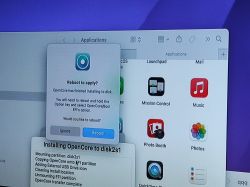 .
.
Selection of bootable media:
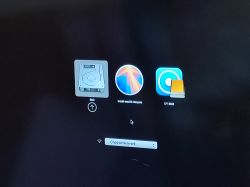 .
.
In addition, we then press Control to select the carrier from OpenCore as the default choice:
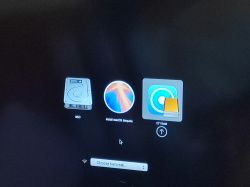 .
.
Select the "Install macOS Sequoia" option:
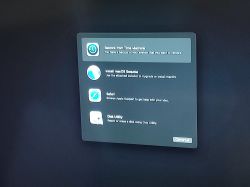 .
.
There are not a lot of options to click through, basically just select the target drive (the hard drive from inside the computer):
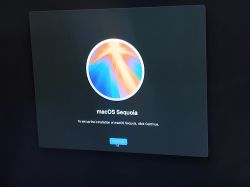 .
.
We install and wait - but really patiently. In addition, the system will perform several full reboots along the way and the progress bar will start from 0 several times.
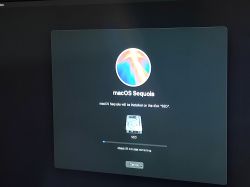 .
.
Success. We log in, password as we had before:
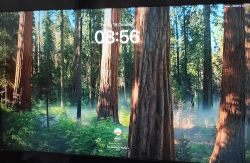 .
.
We give our consent (or not):
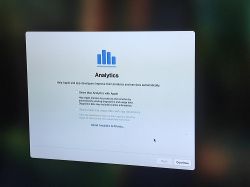 .
.
And after a while we have a new system and our files are still in place:
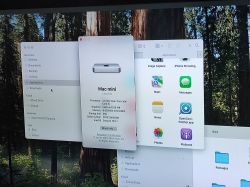 .
.
But this is not the end. You still need to perform a Post-Install Root Patch:

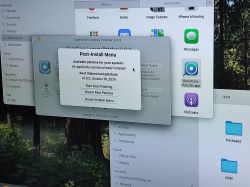 .
.
The system will suggest a reboot, and....
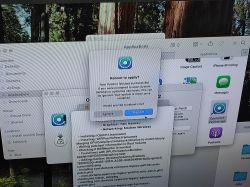 .
.
Well for me then, after removing the flash drive, the mac would no longer boot. Only one additional step fixed it - you also had to install a patcher for the first partition on the main hard drive, just like before on the flash drive.
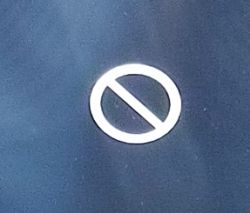 .
.
The patcher itself detects this and proposes it:
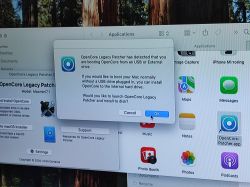 .
.
As before - install to disk:
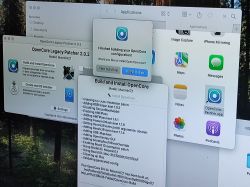 .
.
First partition, but this time with SSD:
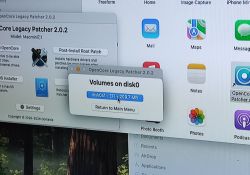
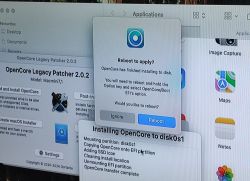 .
.
You can now boot without a flash drive:
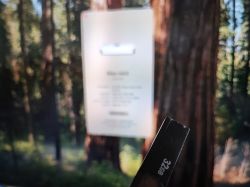 .
.
This way the latest macOS (at the time of writing this topic) works correctly on my 2014 Mini.
In summary, OpenCore-Legacy-Patcher can effectively save us from having to replace old Apple hardware with new. In my case, even macOS Sequoia runs smoothly and efficiently on my 2014 Mac Mini. It has saved me a considerable expense.
What do you think of this solution? Do you use Apple hardware and, if so, have you tried updating it with Patcher? Feel free to comment.



Comments
I see that in the computer information it says Dual Core Intel i5 like a bull. Is it really x86 or some kind of error in that information? I thought x86 at Apple was a thing of the past and they don't... [Read more]
The new ones that are coming out are already Apple Silicon only, currently the M3 version, but there are still plenty of Intel ones and they are still quite usable. Below is my "portable" configuration... [Read more]
Hm... I would expect that since the OS manufacturer, declares AA system support for >X devices, they may use some hardware acceleration in these OSes that just isn't there in older hardware. Especially... [Read more]
@pkaczmarek2 Did you do the flash drive preparation on the same mac Mini you later reinstalled? I wonder if it can be prepared on another macOS. Aaa, I think it is, because on the screenshots it is:... [Read more]
I performed all operations on one and the same device, while you asked an interesting question. In the case of a bootable media with Windows or there with Linux I would have no doubt that you can on another... [Read more]
I guess the installer is universal, because then it wouldn't make sense to have pages like this: https://osxdaily.com/where-download-macos-installers/ Heh, I've just got an old iMac under 'care', one... [Read more]
. Sir . Respect for your well documented work . I am doing everything according to your instructions on a MacBook 13" 2010 . 16GB RAM and a dual core processor . Everything is going well until the installer... [Read more]
I managed to upgrade my 2010 iMac to the latest macOS according to this manual, thanks a lot! There are some problems, like not automatically connecting to wifi, problems with hidpi, some things like... [Read more]
I installed according to your instructions on a 2015 iMac 5k 27 and everything laughs except AirDrop . Nothing can be sent or received . Any advice ? [Read more]
. You need to connect an external keyboard and mouse via the usb2.0 hub for the installation, once installed you fire up the opencore legacy patcher and upload the missing stuff for usb1.1 and other devices... [Read more]
Hi there, I felt that creating a flash drive with inastalator also took more than 30 minutes. [Read more]
I don't use Aidrop, I'll check with myself @domlux , you can also ask at the source (on Github OpenCore LEgacy Patcher) @zabson229 it took a long time, probably 30 minutes or more, in places I thought... [Read more]
I thought the limit was the out-of-date TPM chip or the generation of processor. [Read more]
Can the above solution be applied only in a different order? Forgive me if the question is naive but I need to resuscitate an imac and I only have experience with windows. Is it possible to create a flash... [Read more]
you can. I did that on my Pro early 2015 - uploaded sonome everything laughs. Patcher 2.2.0 seems to have patched the gaps :) . [Read more]
Hi I am new here DANUSIA I HAVE AN IMAC 27 INCH RETINA 5K 2014 RUNNING ON BIG SUR 11,BUT I WANT TO PIRATE SEQUOUA15.2 AND I HAVE DOWNLOADED OCLP AND WHEN IT COMES TO IBINSTALLATION IT REQUIRES... [Read more]
Can you write it in understandable language? [Read more]
I have an iMac 27 inch Retina 5K, currently running Big Sur, would like to install the new Sequoia 15.2 system. I have downloaded OCLP. Open Core Legacy Patcher. But when it gets to the end of the installation,... [Read more]
Good morning I have a problem, namely that I have downloaded the oclp open core legacy patcher on my imac 27 inch retina 5k year 2014 currently has os big sur installed. But I want to install sequoia... [Read more]